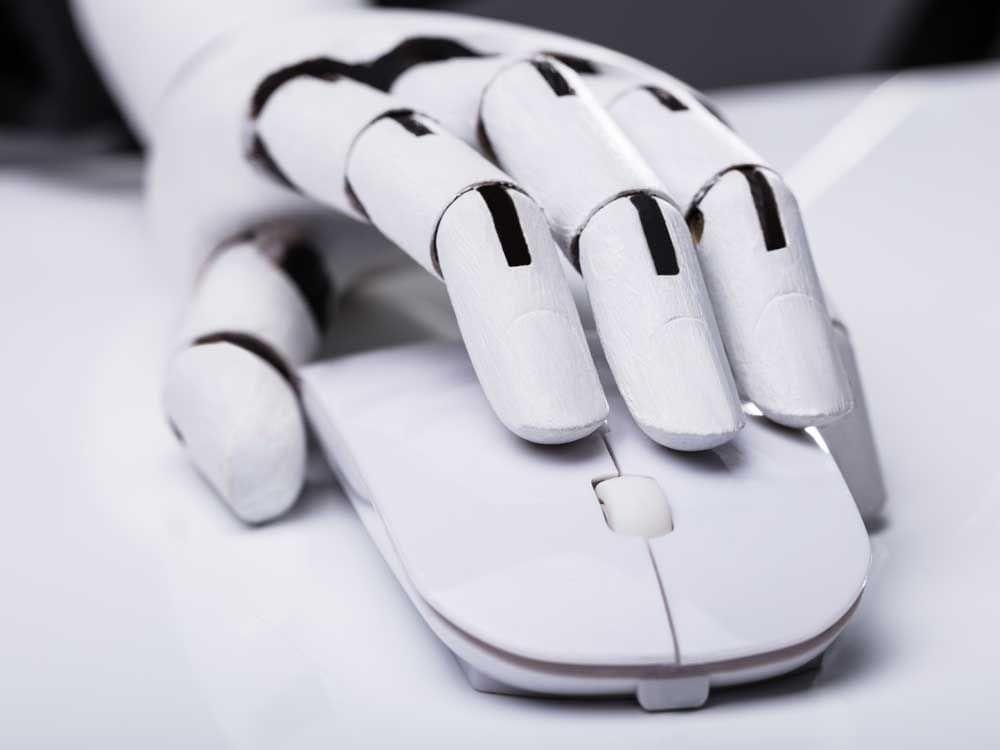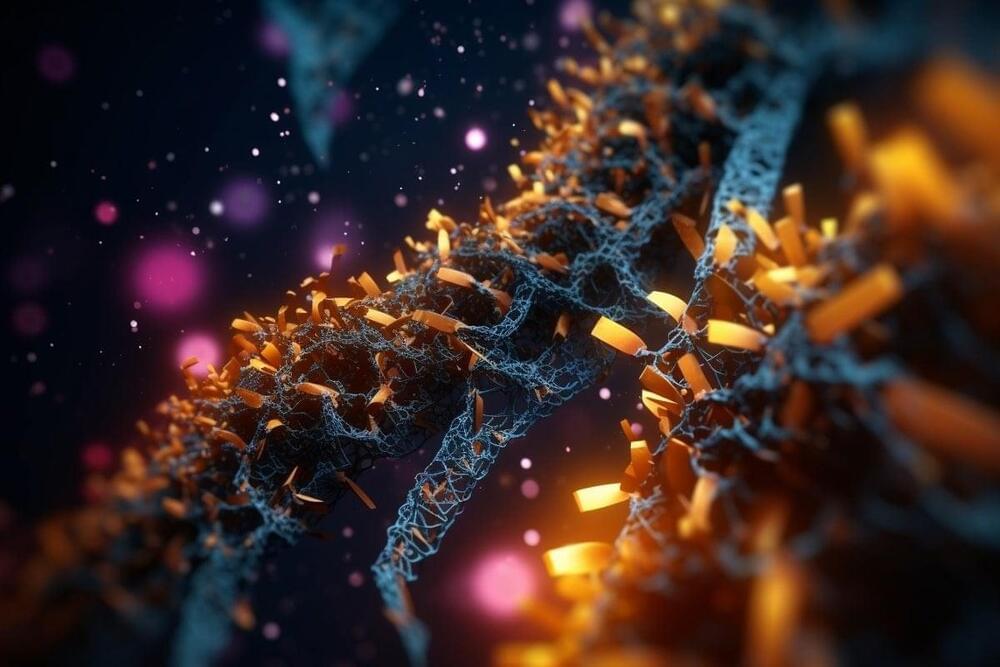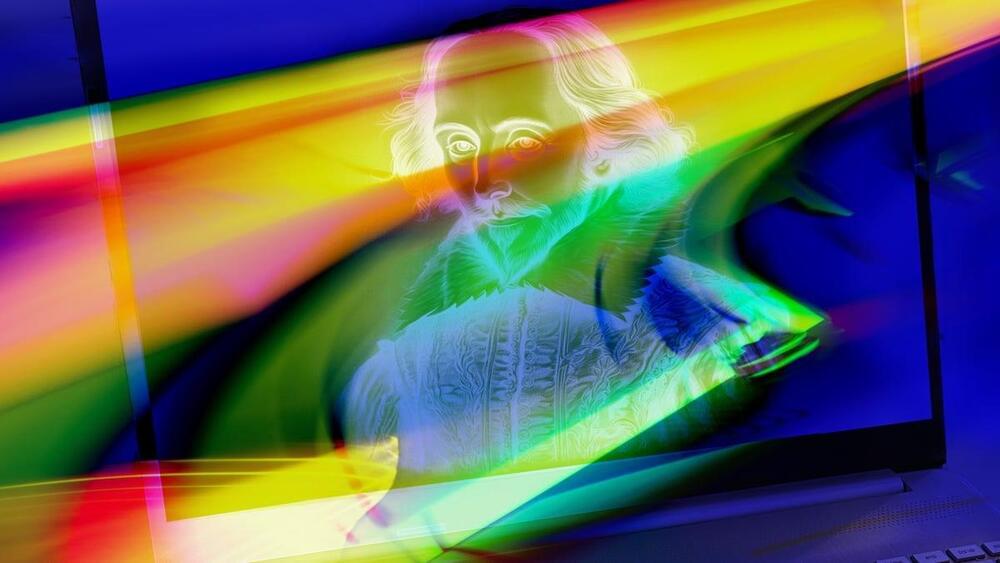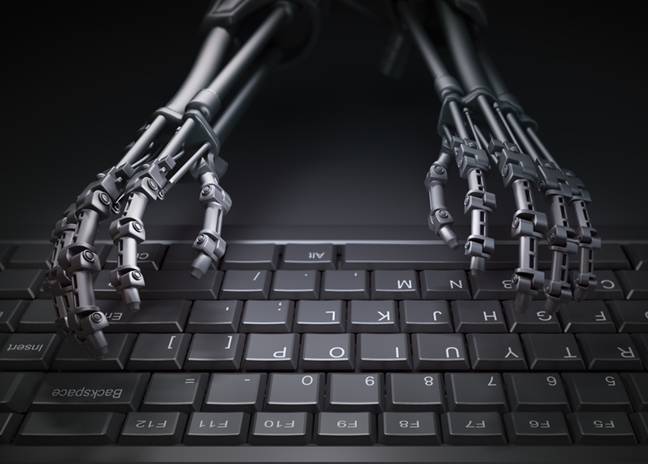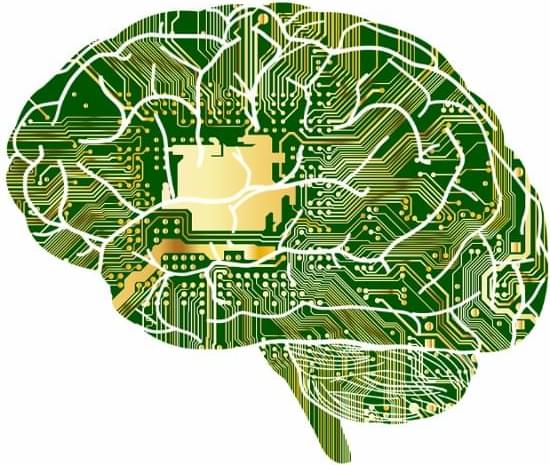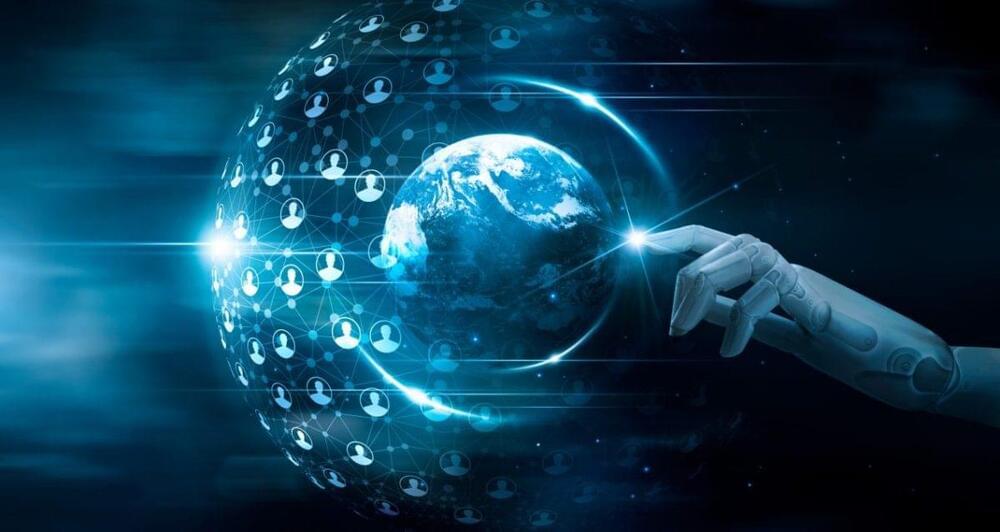On Wednesday, Google displayed how Bard, its new AI robot, could be used to write up job listings from a simple one line prompt. Microsoft has demonstrated how a ChatGPT-powered tool can write entire articles in Word.
“There are a tonne of sales representatives doing a lot of banal work to compose prospecting emails,” says Rob Seaman, a senior vice president at workplace messaging company Slack, which is working with OpenAI to embed ChatGPT into its app as a kind of digital co-worker.
New AI tools may remove some of the most tedious aspects of such roles. But based on past evidence, technology also threatens to create a whole new class of menial roles.
